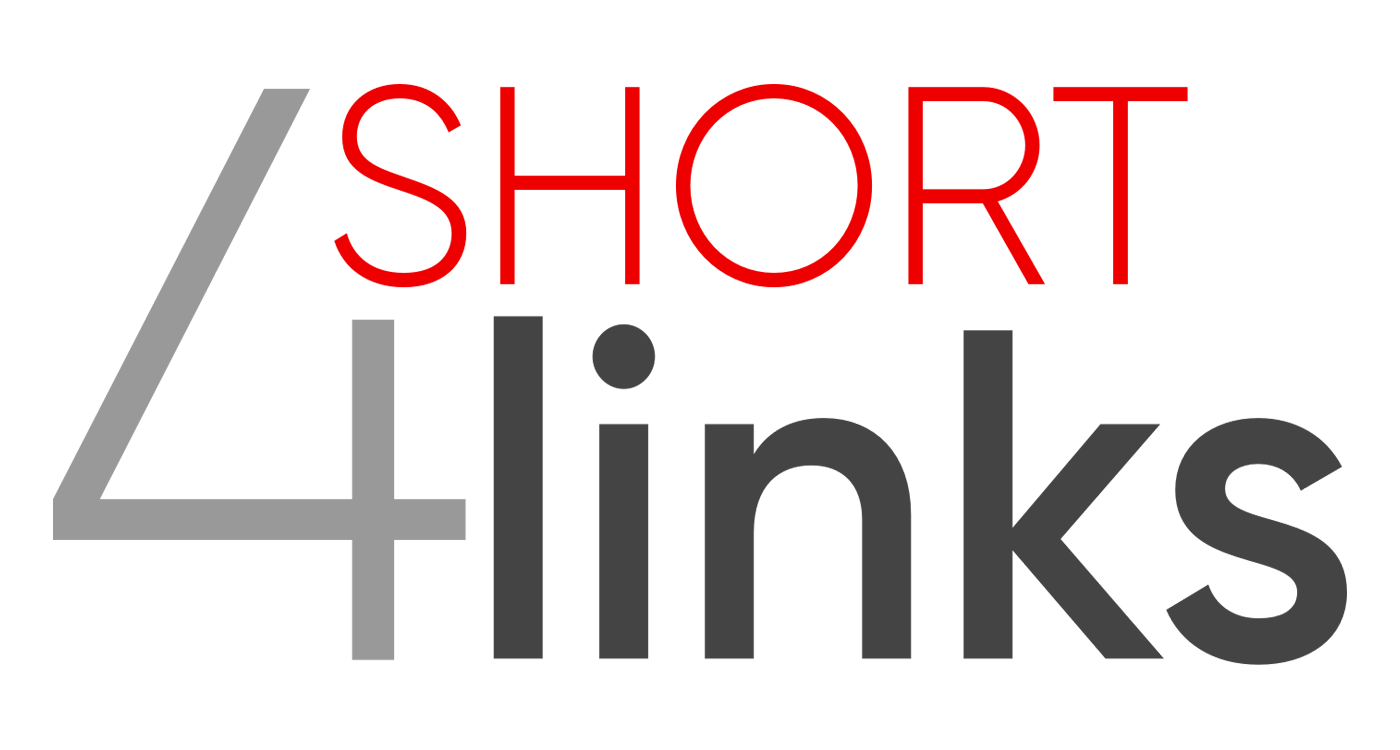Four short links: 9 January 2020
Structuring Papers, State of the World 2020, Reading Big Difficult Books, and Storing Forever

- Ten Simple Rules for Structuring Papers — Focus your paper on one central contribution, which you communicate in the title; write for flesh-and-blood human beings who do not know your work; stick to the context-content-conclusion (C-C-C) scheme; optimize your logical flow by avoiding zig-zag and using parallelism; tell a complete story in the abstract; get across why the paper matters in the introduction; communicate the results as a sequence of statements, supported by figures, that connect logically to support the central contribution; discuss how the gap was filled, the limitations of the interpretation, and the relevance to the field; allocate time where it matters: title, abstract, figures, and outlining; get feedback to reduce, reuse, and recycle the story.
- State of the World 2020 — Bruce Sterling and Jon Lebkowsky at The WELL. So in MMXX, we’re in a world situation that claims to be post-global and post-internet, and post world-trade, where everybody wants to take back control, be great again, assure sovereign cyberspace, set tariffs, jail immigrant tots, beat up ethnic minorities, nurture billionaires, ignore science, and reduce education to assure that there are fewer brainy chicks—but in practice, there’s no big difference among the players. They ALL do that. There’s next to no genuine cultural variety. They all use the same hardware, slogans, and techniques.
- A Note on Reading Big, Difficult Books (Brad DeLong) — We have our recommended ten-stage process for reading such big books: 1. Figure out beforehand what the author is trying to accomplish in the book. 2. Orient yourself by becoming the kind of reader the book is directed at—the kind of person with whom the arguments would resonate. 3. Read through the book actively, taking notes. 4. “Steelman” the argument, reworking it so that you find it as convincing and clear as you can possibly make it. 5. Find someone else—usually a roommate—and bore them to death by making them listen to you set out your “steelmanned” version of the argument. 6. Go back over the book again, giving it a sympathetic but not credulous reading. 7. Then you will be in a good position to figure out what the weak points of this strongest-possible argument version might be. 8. Test the major assertions and interpretations against reality: do they actually make sense of and in the context of the world as it truly is? 9. Decide what you think of the whole. 10. Then comes the task of cementing your interpretation, your reading, into your mind so that it becomes part of your intellectual panoply for the future.
- Perkeep — Camlistore gets a new name. A set of open source formats, protocols, and software for modeling, storing, searching, sharing, and synchronizing data in the post-PC era. Data may be files or objects, tweets or 5TB videos, and you can access it via a phone, browser, or FUSE filesystem.
